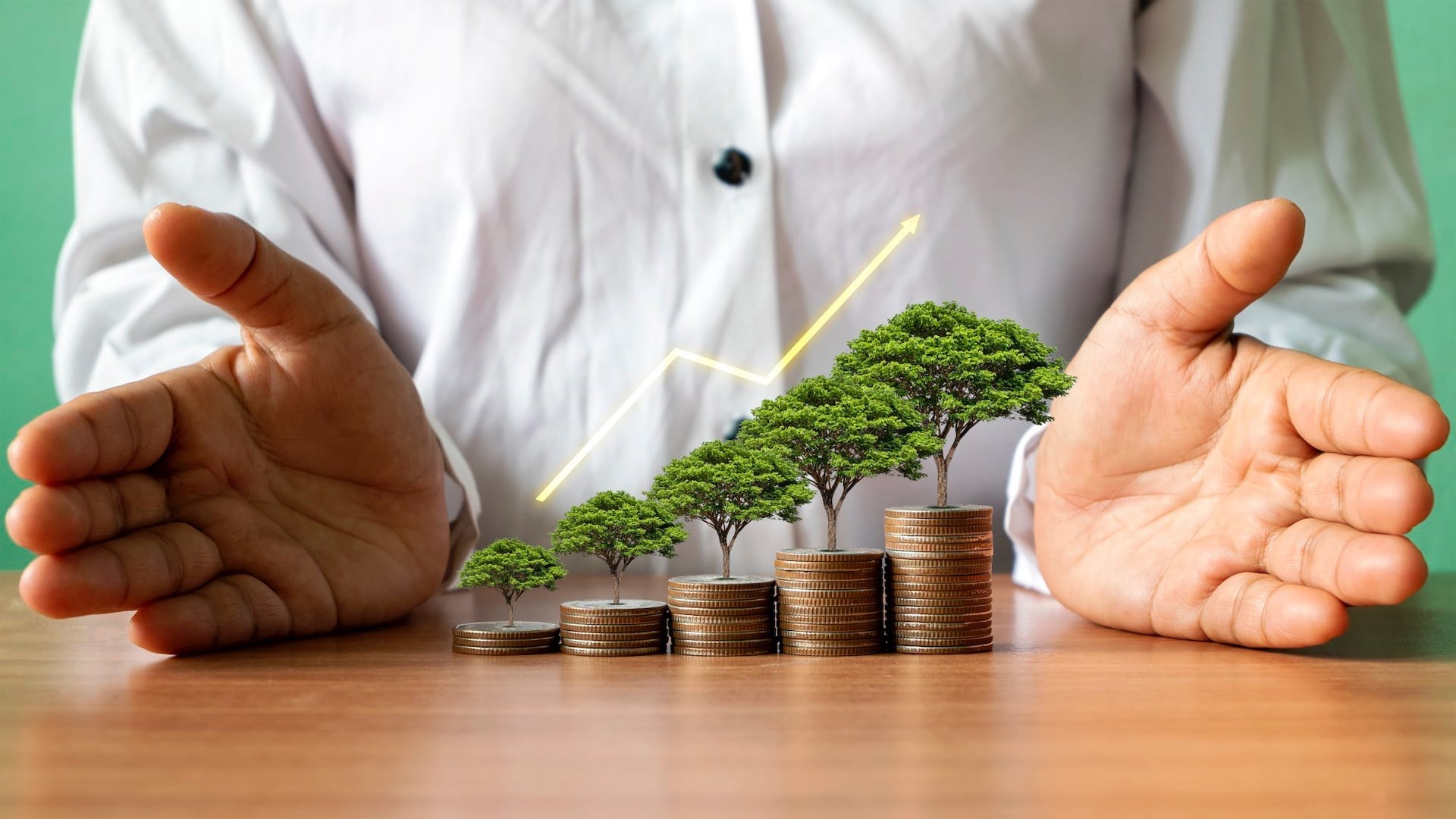Sustainable Business Practices: How Companies Can Thrive in a Green Economy

As global awareness of environmental issues grows, consumers, investors, and governments are increasingly prioritizing sustainability. Today, businesses of all sizes face mounting pressure to adopt sustainable practices, reduce their carbon footprint, and demonstrate their commitment to environmental, social, and governance (ESG) goals. However, transitioning to a green business model involves more than just adopting eco-friendly practices; it requires a strategic shift that can impact every part of an organization.
This article explores the economic potential of sustainability, the evolving regulatory landscape, and practical steps companies can take to build a resilient, eco-friendly business model. For companies looking to stay competitive in a green economy, embracing sustainability is not just a responsibility but also an opportunity to unlock new markets, attract customers, and enhance their brand.
1. The Economic Power of Going Green
Businesses are increasingly finding that sustainable practices can be financially beneficial, improving efficiency, cutting costs, and attracting customers. According to a report by McKinsey, 63% of consumers consider a brand’s sustainability when making purchasing decisions, and products marketed as “sustainable” experience faster growth compared to conventional products.
Sustainable companies are also more appealing to investors. Environmental, social, and governance (ESG) funds have surged in popularity, with many institutional investors considering ESG metrics in their investment criteria. For companies that commit to sustainability, the benefits can include access to capital, lower operational costs, and stronger relationships with eco-conscious customers.
2. Navigating the Regulatory Landscape
As governments worldwide enact more stringent environmental regulations, businesses are under increased pressure to comply with new standards. The European Union’s Green Deal, for example, mandates that member countries reduce greenhouse gas emissions, improve resource efficiency, and transition to a circular economy. Meanwhile, in the United States, companies are encouraged to align with the Biden administration’s goal of reaching net-zero emissions by 2050.
Failing to meet these standards can result in hefty fines and reputational damage, while proactive compliance can lead to tax incentives, subsidies, and other benefits. Businesses that stay ahead of regulatory trends and embrace sustainability as a strategic priority will be better prepared for future changes, positioning themselves as leaders in their industry.
3. Sustainable Supply Chain Management
One of the biggest areas where businesses can make a difference is in their supply chains. Many companies have vast, complex supply networks, often with suppliers that may not prioritize sustainability. To address this, businesses are increasingly focusing on sustainable sourcing and working with suppliers who meet environmental standards. This can involve everything from sourcing raw materials responsibly to ensuring that manufacturing processes have minimal environmental impact.
Companies like IKEA and Patagonia have been pioneers in sustainable supply chains, committing to responsible sourcing, fair labor practices, and reducing waste. By auditing suppliers, setting environmental standards, and working collaboratively, companies can ensure that their entire supply chain aligns with their sustainability goals. This also helps mitigate risks associated with supply chain disruptions, a growing concern in today’s globalized economy.
4. Energy Efficiency and Carbon Reduction
Reducing energy consumption is one of the most effective ways for companies to lower their carbon footprint. By investing in energy-efficient technologies, such as LED lighting, smart thermostats, and energy-efficient machinery, companies can significantly cut energy costs. Additionally, many businesses are now generating their own renewable energy, installing solar panels or wind turbines to power their facilities and reduce reliance on fossil fuels.
Some companies are taking their commitment further by achieving carbon neutrality. Google, for instance, has been carbon neutral since 2007 and aims to operate solely on carbon-free energy by 2030. Companies that pursue carbon neutrality or even carbon negativity can differentiate themselves in a competitive market, appeal to eco-conscious customers, and potentially qualify for government incentives.
5. Waste Reduction and Circular Economy Principles
The traditional “take-make-dispose” model of business is giving way to a circular economy approach, which focuses on reducing waste, reusing materials, and recycling products. Companies across industries are finding ways to minimize waste and repurpose resources, thus creating a closed-loop system that benefits both the environment and the bottom line.
For example, fashion brands are increasingly embracing circular economy principles by using recycled fabrics, offering repair services, or creating second-hand marketplaces. Companies in manufacturing and electronics are designing products for longevity, ease of repair, and recyclability. Businesses that adopt circular practices not only reduce their environmental impact but can also appeal to a growing market of conscious consumers looking for sustainable alternatives.
6. Incorporating Sustainability into Company Culture
Building a sustainable business requires commitment at every level of the organization. Employees are increasingly demanding that their employers address environmental issues, with many workers preferring to work for companies that demonstrate a commitment to sustainability. Incorporating sustainability into the company culture can help attract and retain talent, boost morale, and encourage employees to innovate.
To foster a culture of sustainability, companies can start by setting clear, measurable goals and encouraging employees to take part in sustainability initiatives. Companies like Unilever and Ben & Jerry’s have created internal programs that engage employees in green practices, from reducing paper usage to participating in community cleanups. Creating a workplace where sustainability is valued helps reinforce the importance of environmental responsibility and ensures that every employee understands their role in achieving the company’s goals.
7. Leveraging Technology for Sustainable Innovation
Technology plays a key role in helping businesses achieve their sustainability goals. Advances in artificial intelligence (AI), machine learning, and Internet of Things (IoT) devices are making it easier for companies to monitor their environmental impact and find new ways to conserve resources. For instance, IoT sensors can track energy usage in real-time, enabling companies to identify inefficiencies and optimize consumption.
Additionally, big data and analytics can help companies assess their supply chain emissions, evaluate vendor sustainability performance, and model the impact of different sustainability strategies. By leveraging data-driven insights, businesses can make more informed decisions that align with their environmental goals.
8. Engaging Customers in Sustainable Practices
As consumers become more eco-conscious, companies can strengthen customer relationships by involving them in their sustainability efforts. Businesses can educate customers about the environmental impact of their purchases, offer incentives for eco-friendly behavior, and provide transparency around their sustainability practices.
For example, many retailers now offer discounts or loyalty points for customers who bring reusable bags or return used packaging. Some companies go further, offering buy-back programs or recycling incentives that encourage customers to return used products, which can then be recycled or repurposed. Engaging customers in this way not only fosters loyalty but also raises awareness of environmental issues and encourages more sustainable consumer habits.
9. Transparency and Accountability: Reporting and Certifications
As businesses commit to sustainability, transparency becomes essential. Customers and investors want to know that a company’s claims are genuine, not simply greenwashing. Sustainability reporting and certifications are effective ways to provide proof of commitment and accountability. Reports such as the Global Reporting Initiative (GRI) and the Carbon Disclosure Project (CDP) allow companies to document their environmental, social, and governance (ESG) performance.
In addition, certifications like B Corporation, LEED, and Fair Trade are recognized indicators of sustainability. These certifications provide third-party validation of a company’s efforts, which can enhance credibility and attract eco-conscious customers. By adopting transparent reporting and seeking reputable certifications, companies can build trust and distinguish themselves as genuinely committed to sustainability.
Conclusion
As the world shifts toward a greener economy, businesses that prioritize sustainability are not only fulfilling a social responsibility but are also setting themselves up for long-term success. The benefits of sustainable business practices are wide-ranging, from cost savings and increased customer loyalty to improved brand reputation and greater resilience in a rapidly changing market.
For companies large and small, the journey to sustainability may require significant changes in operations, supply chains, and corporate culture. However, by embracing sustainability as a core value, businesses can thrive in a green economy, create positive change, and position themselves as leaders in a more environmentally conscious world.




